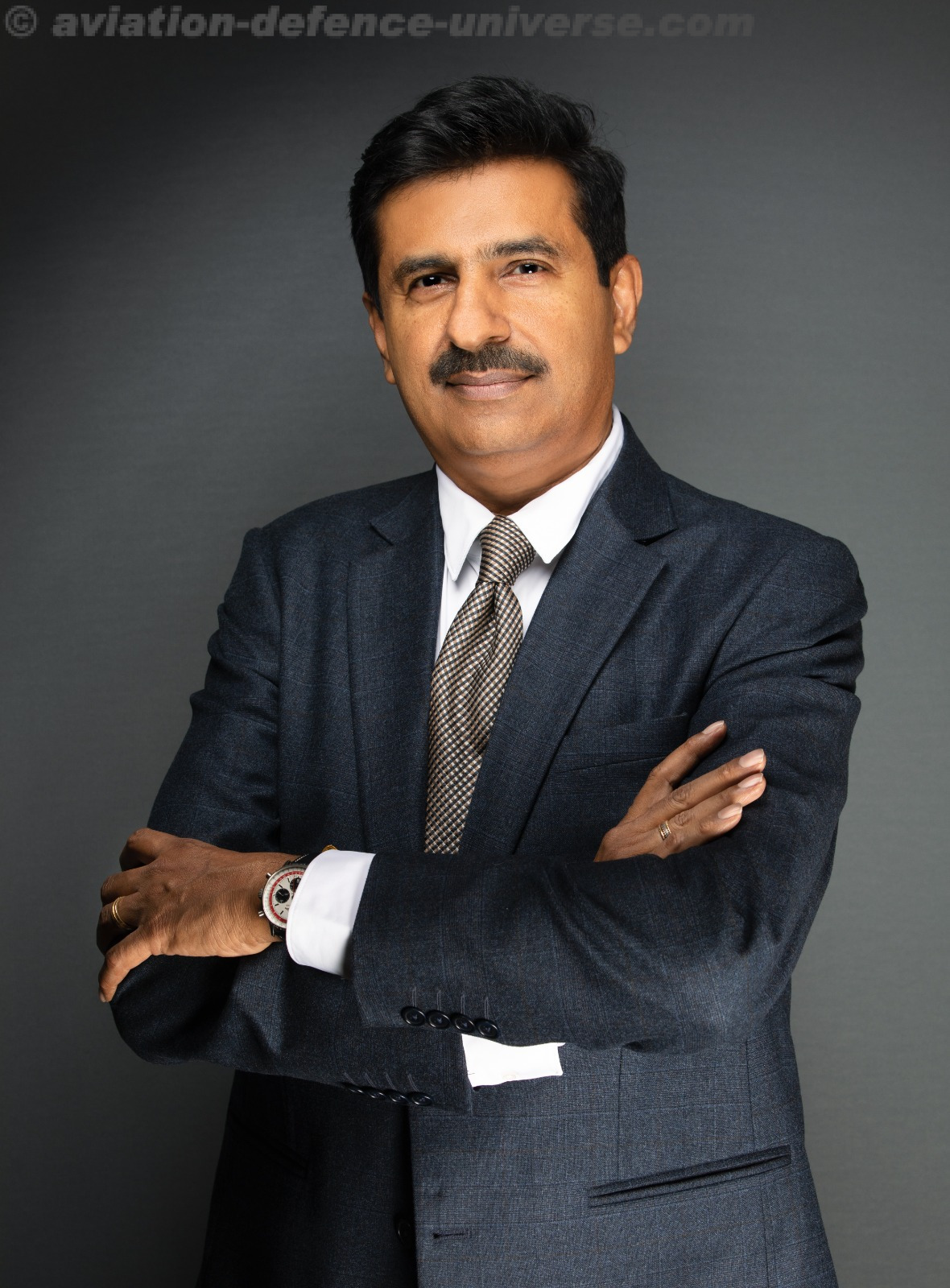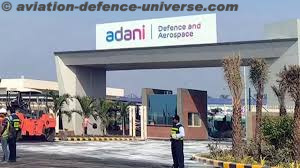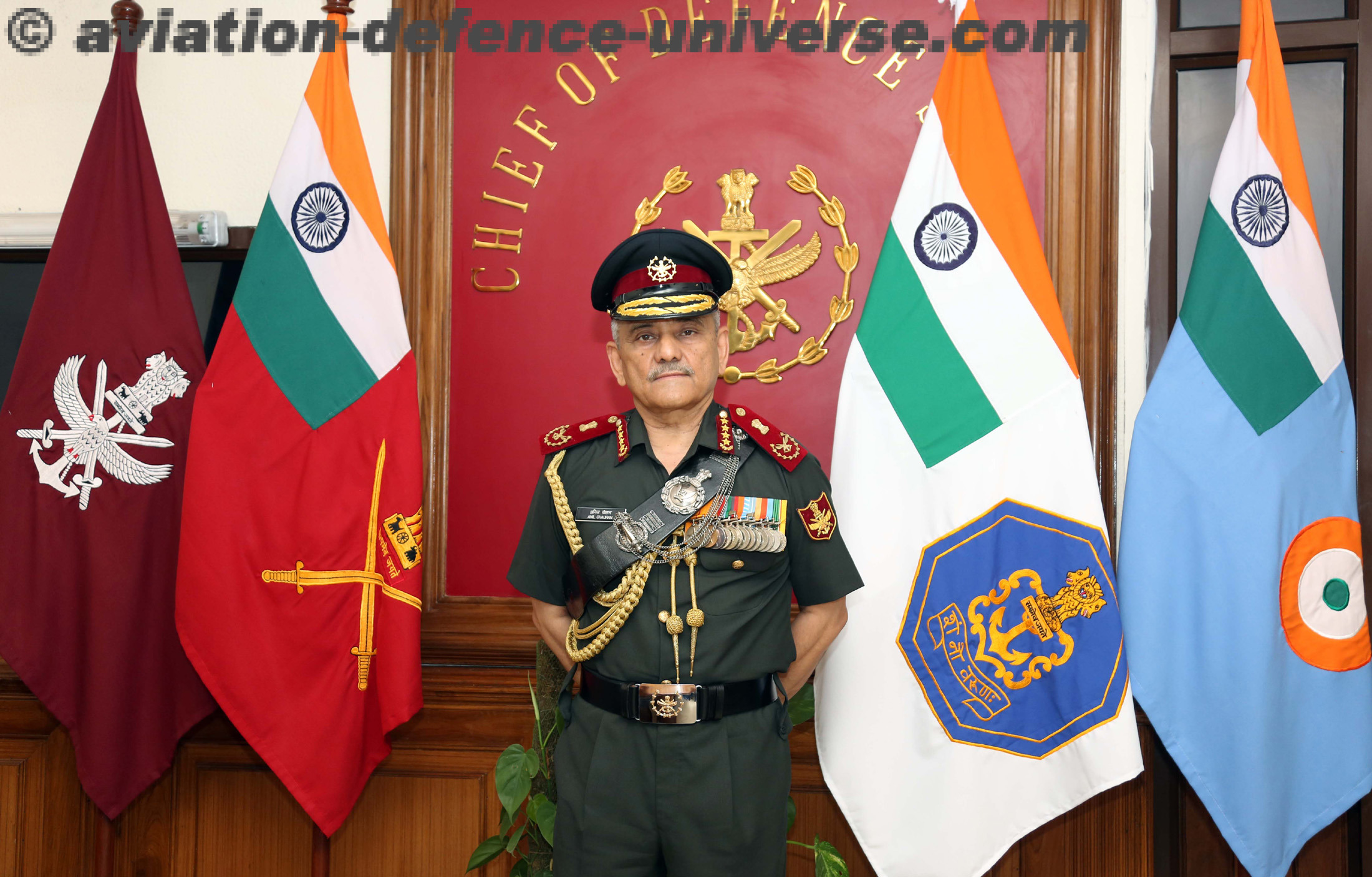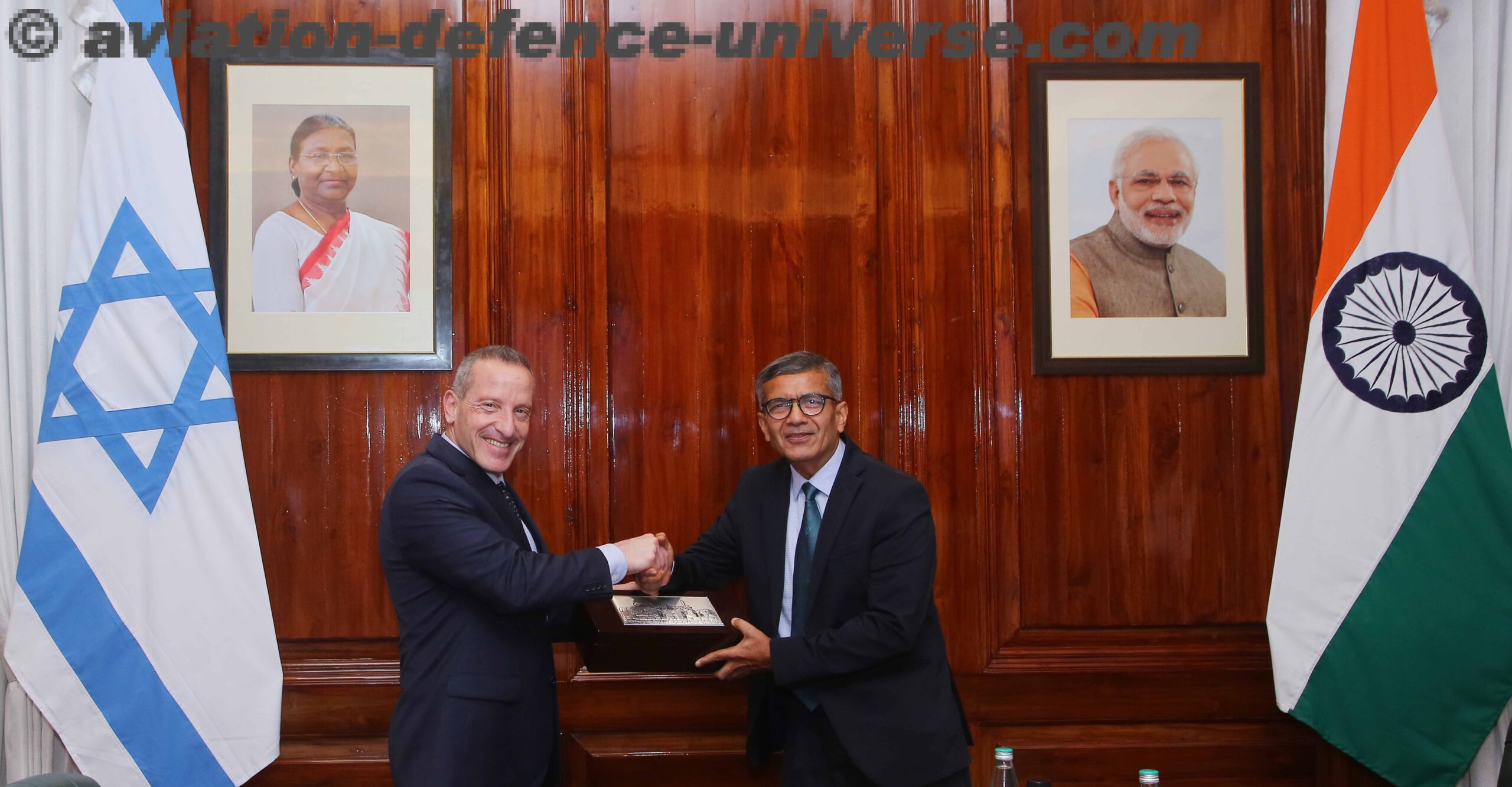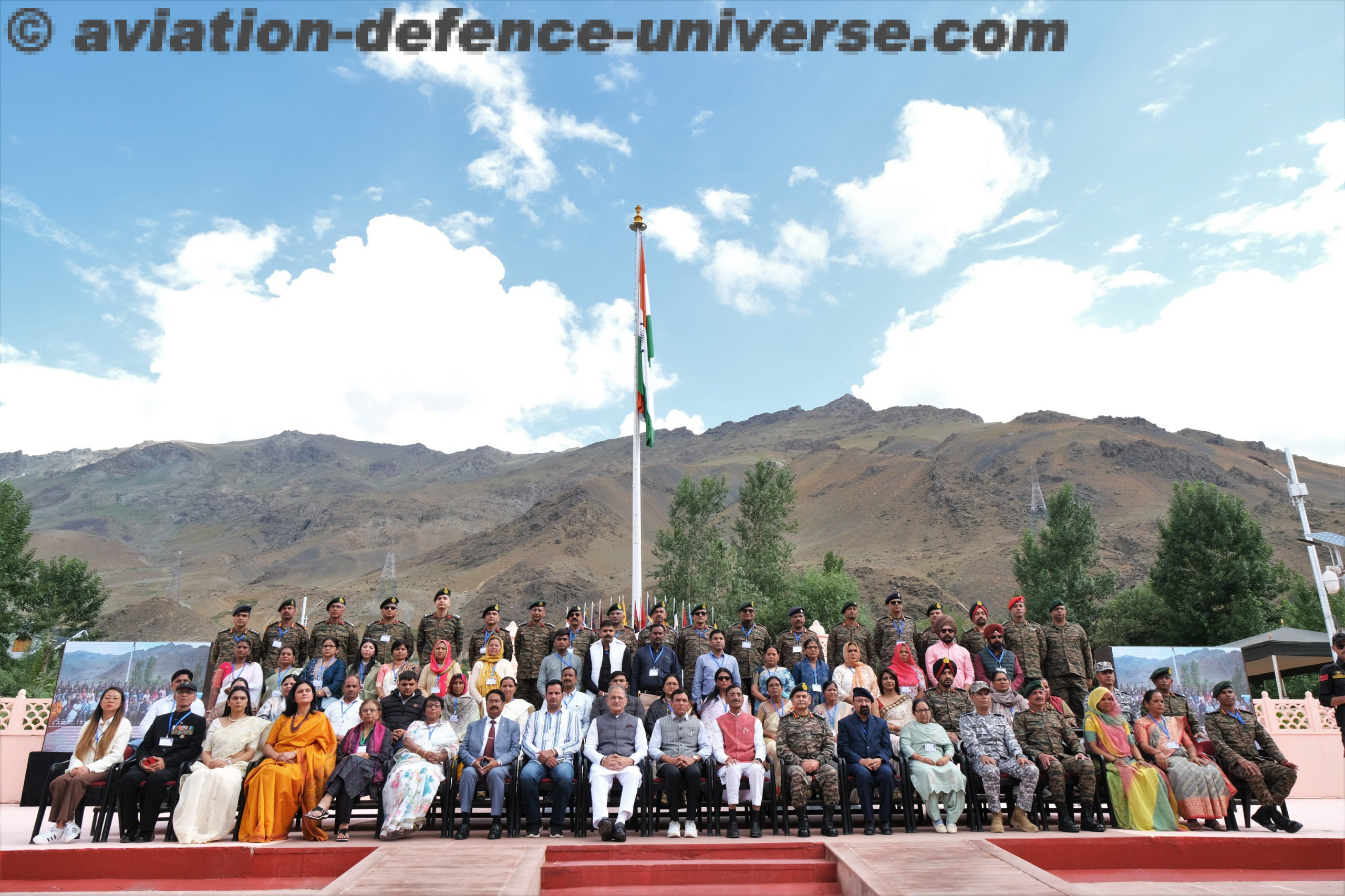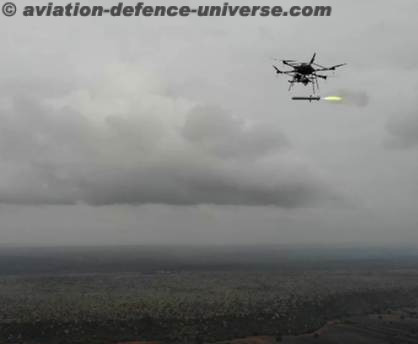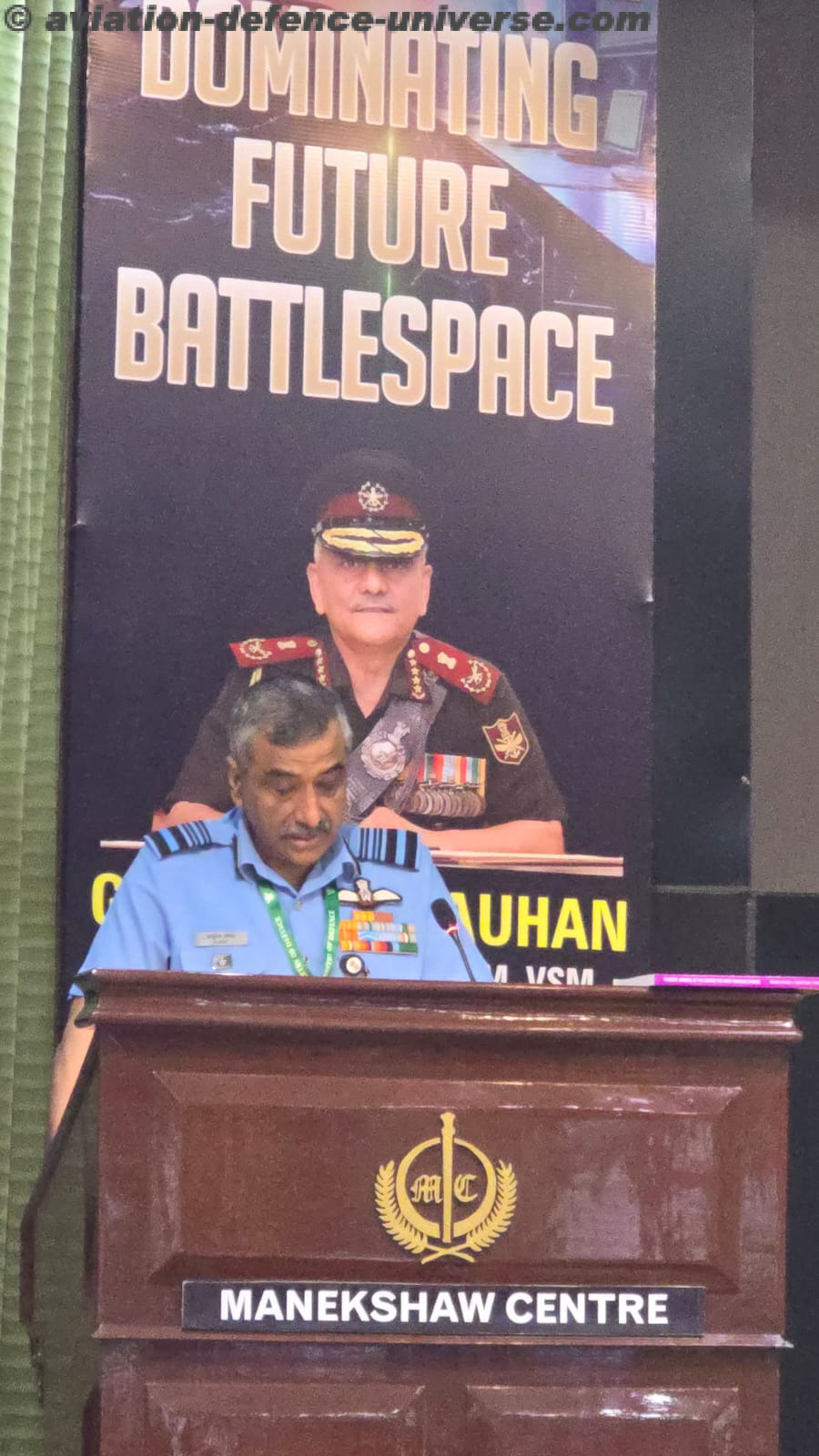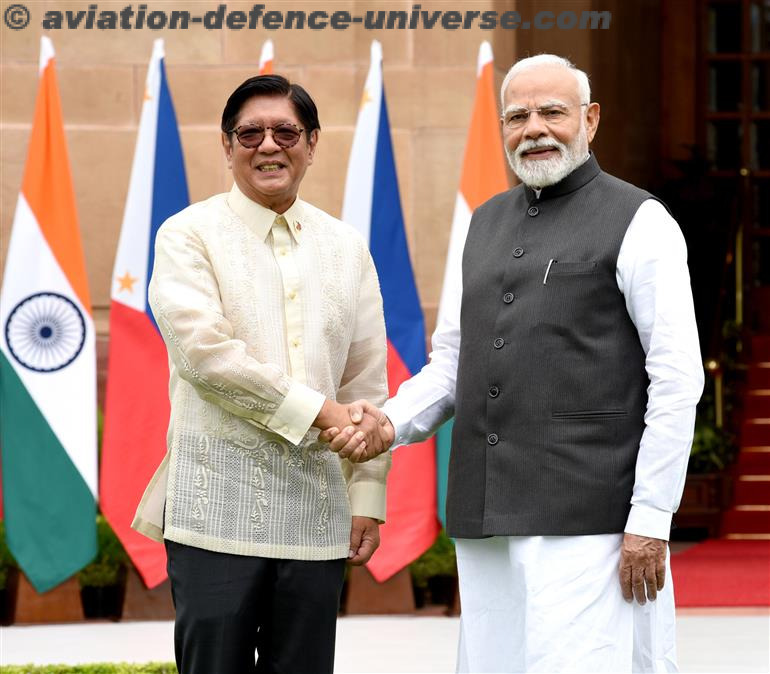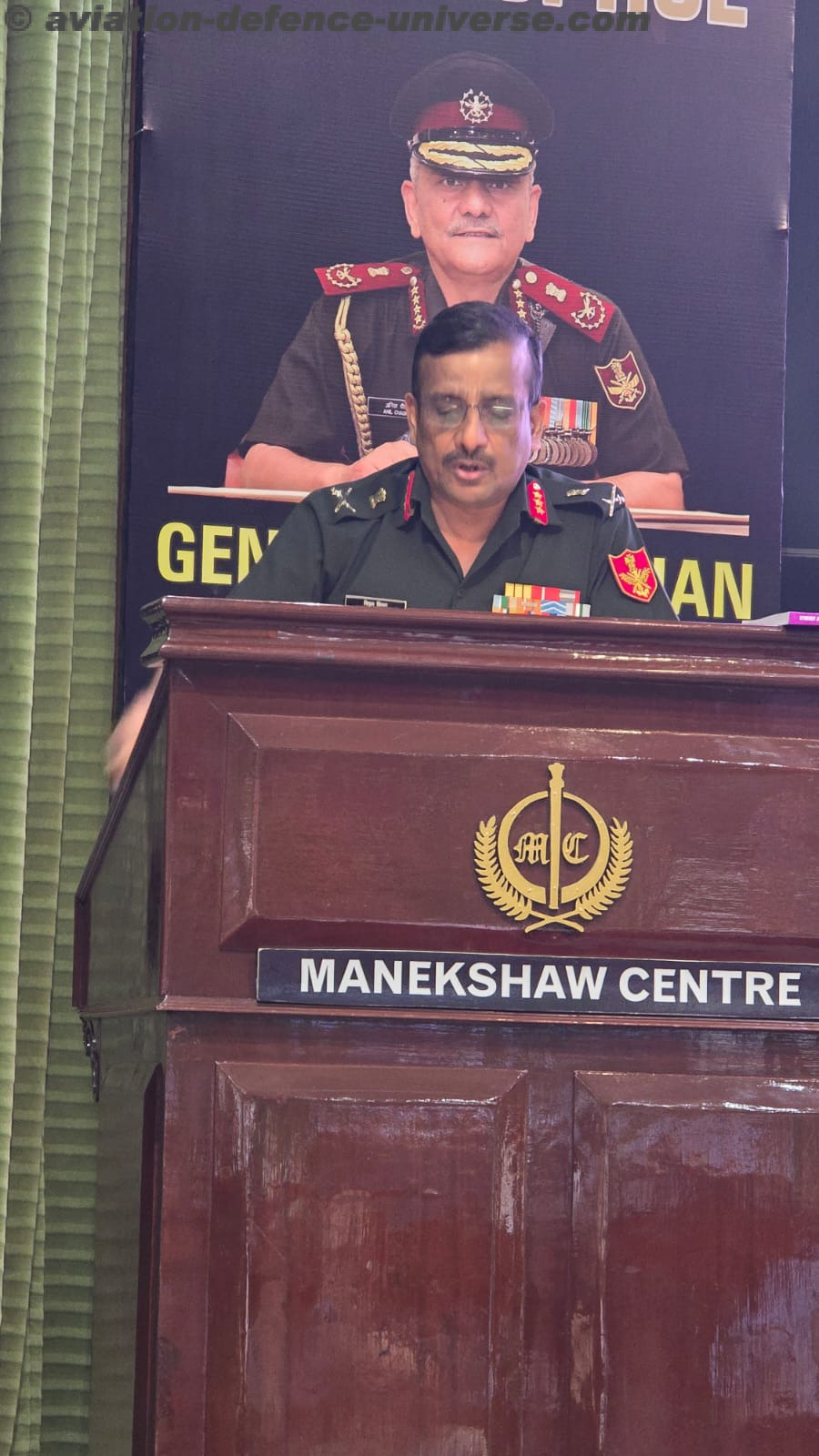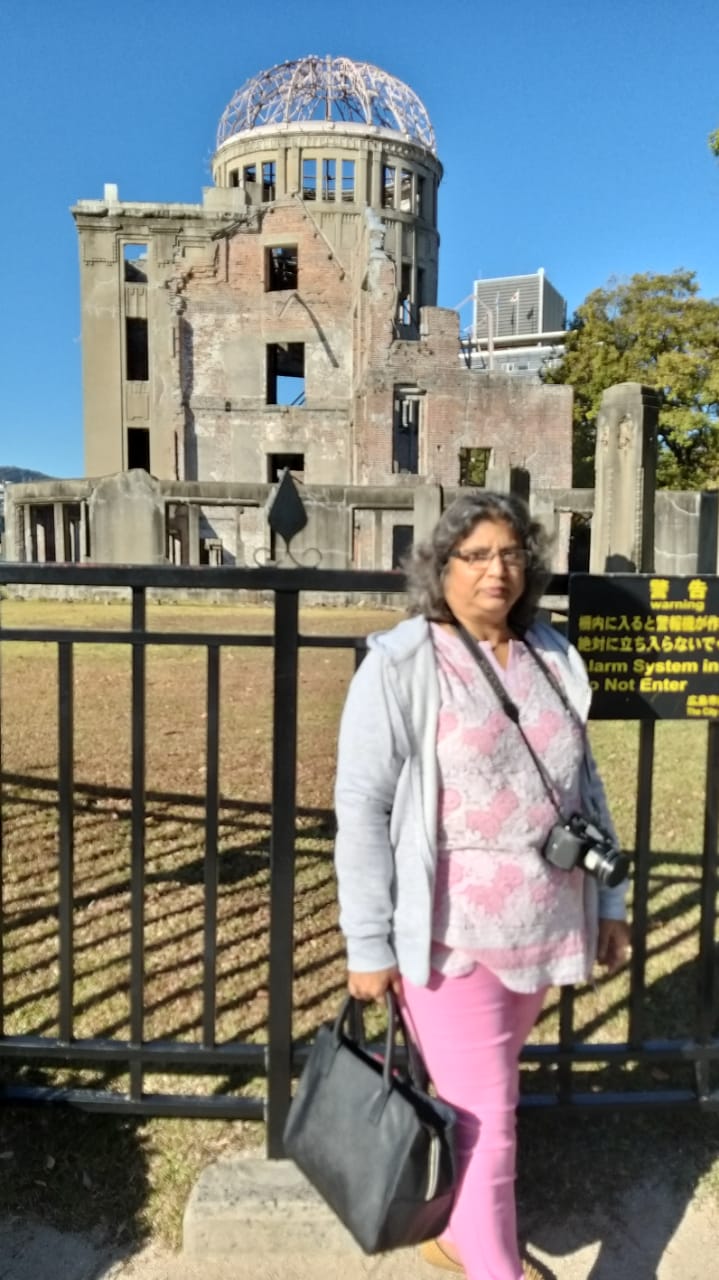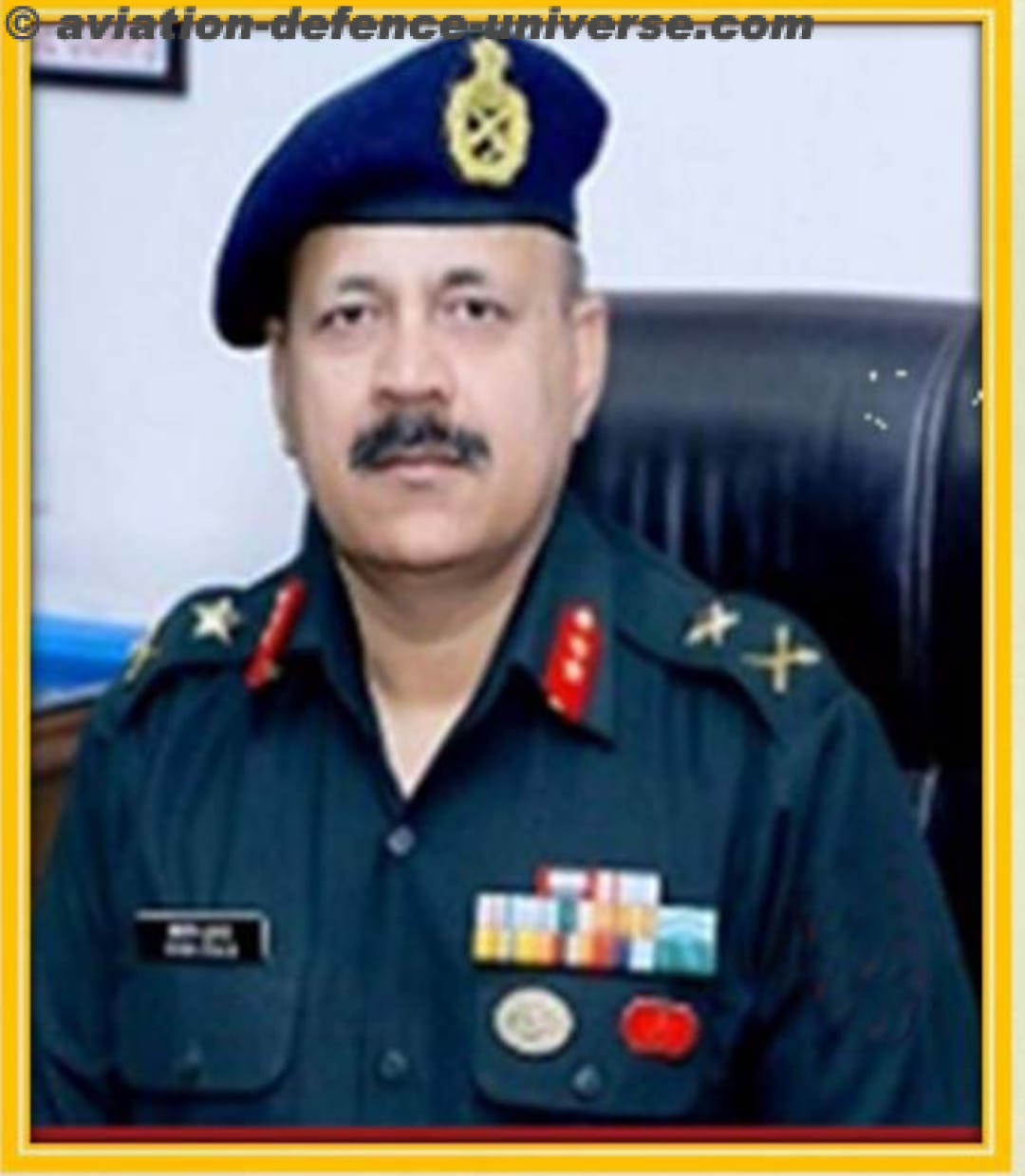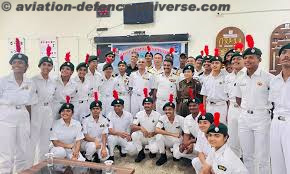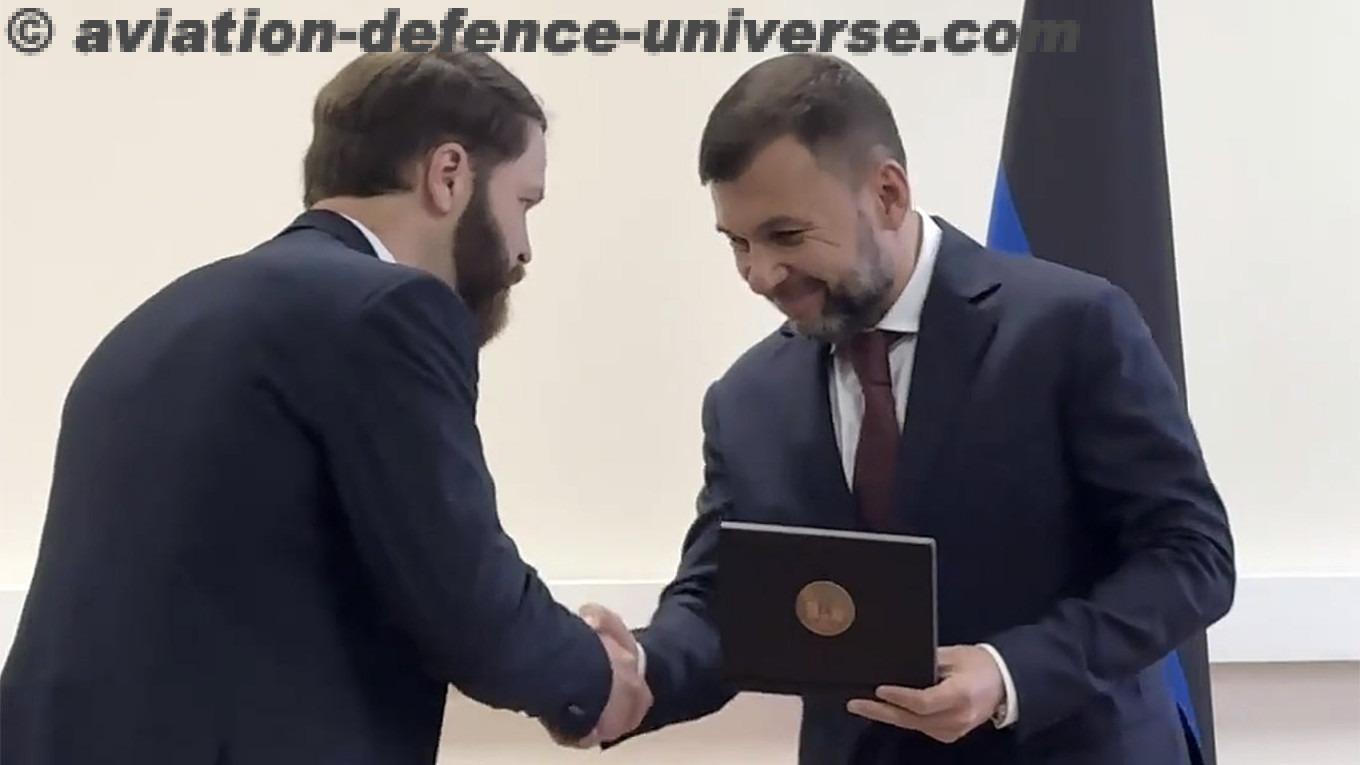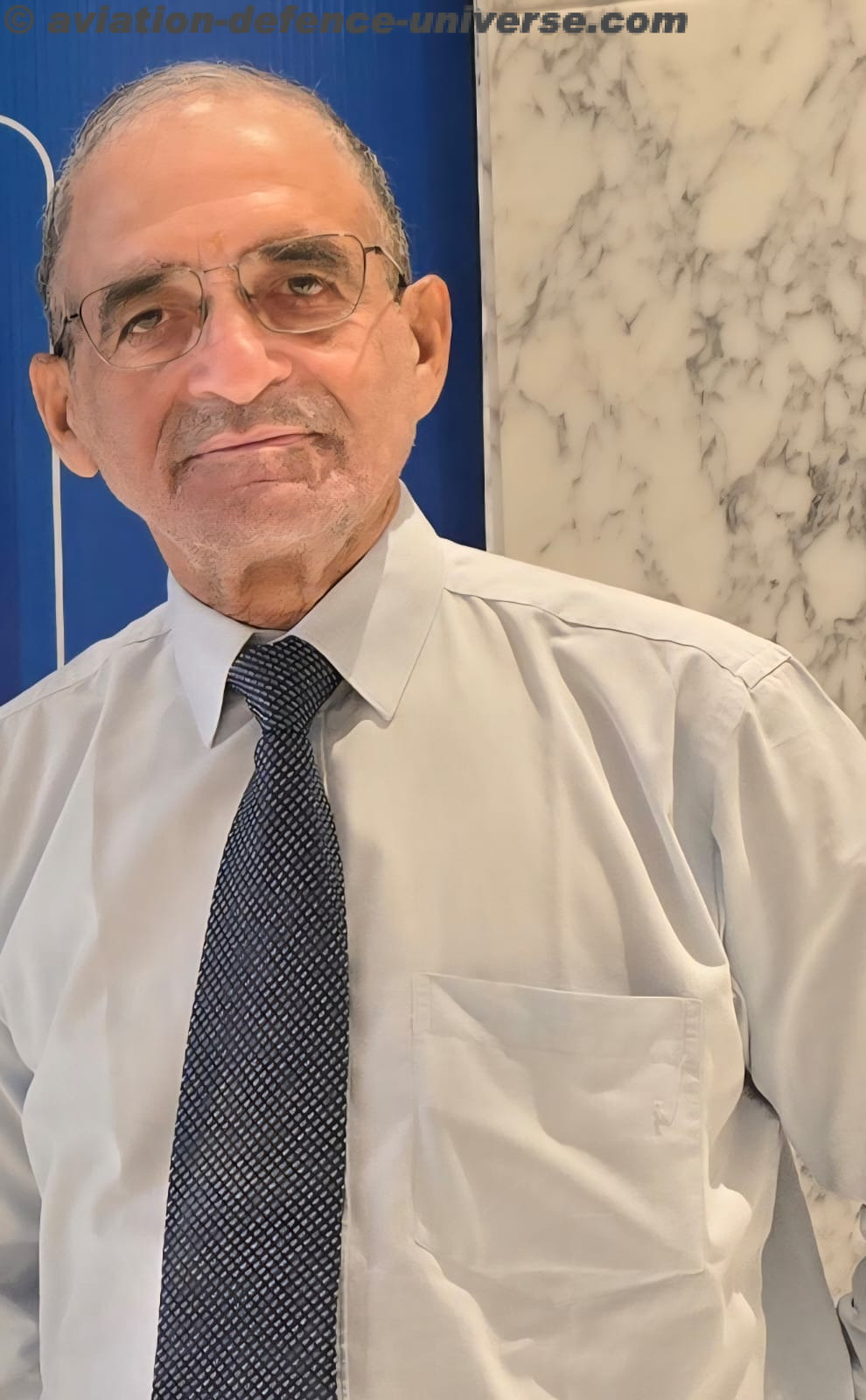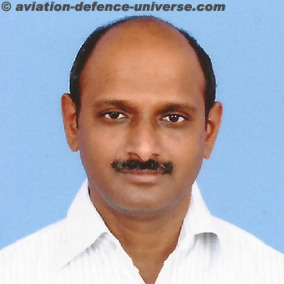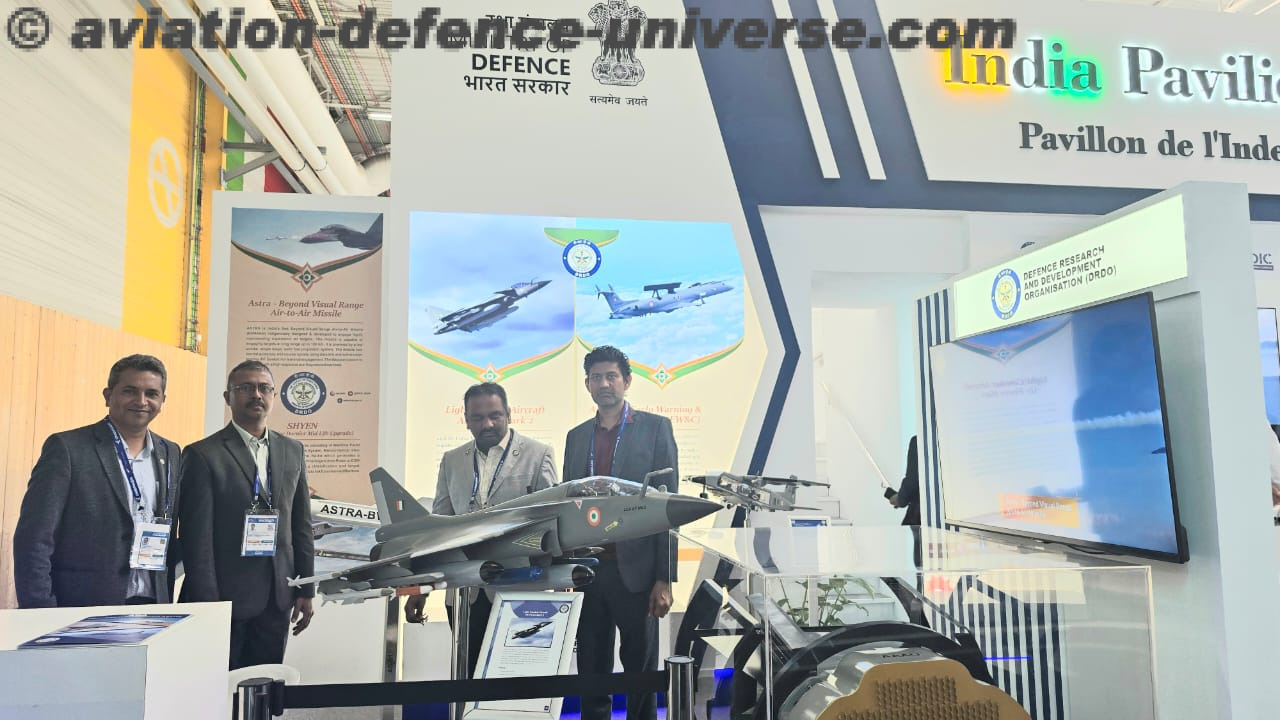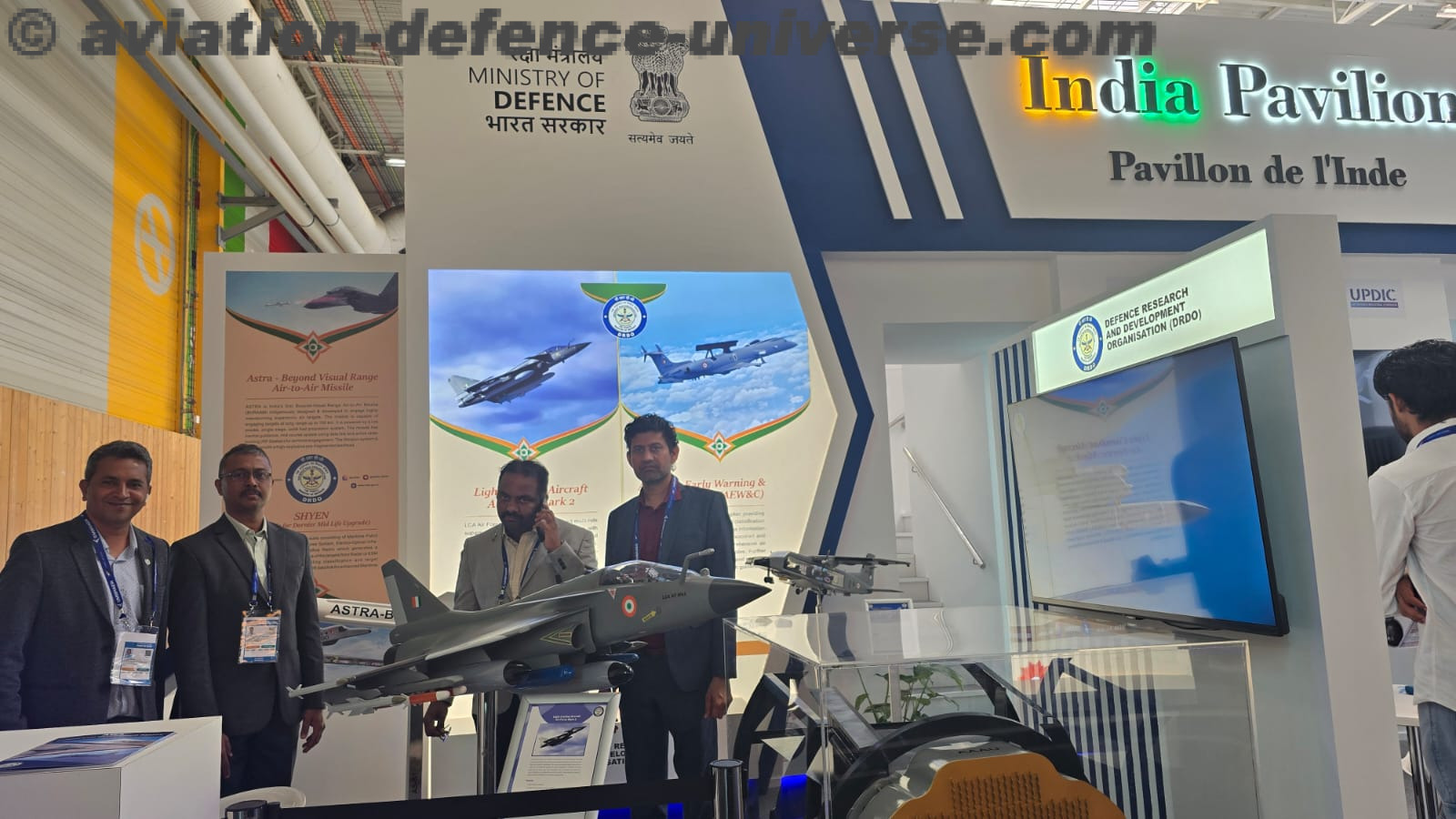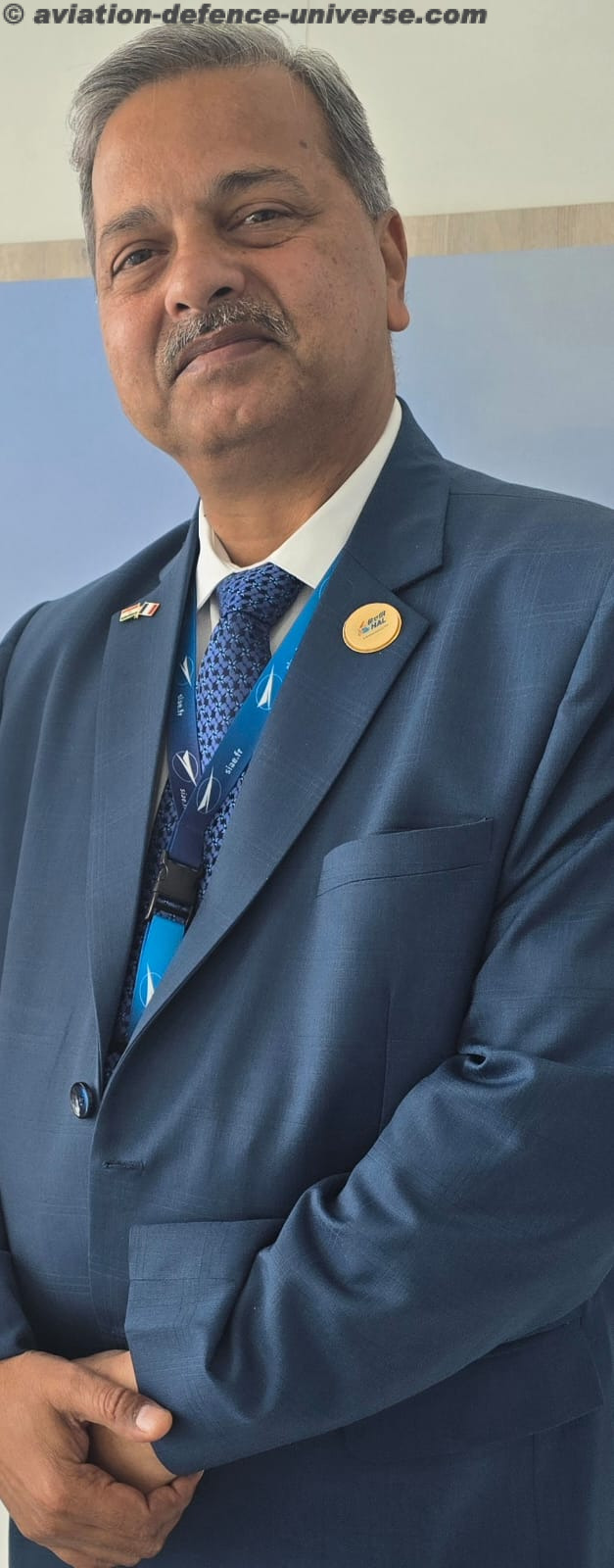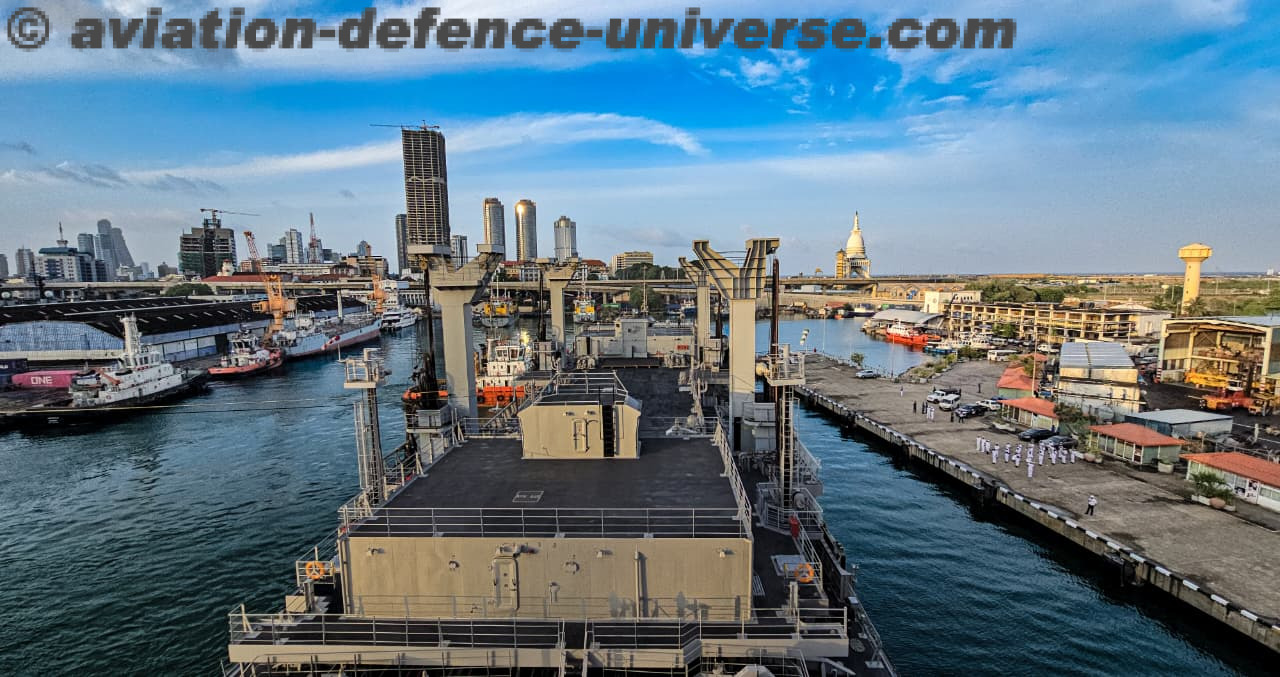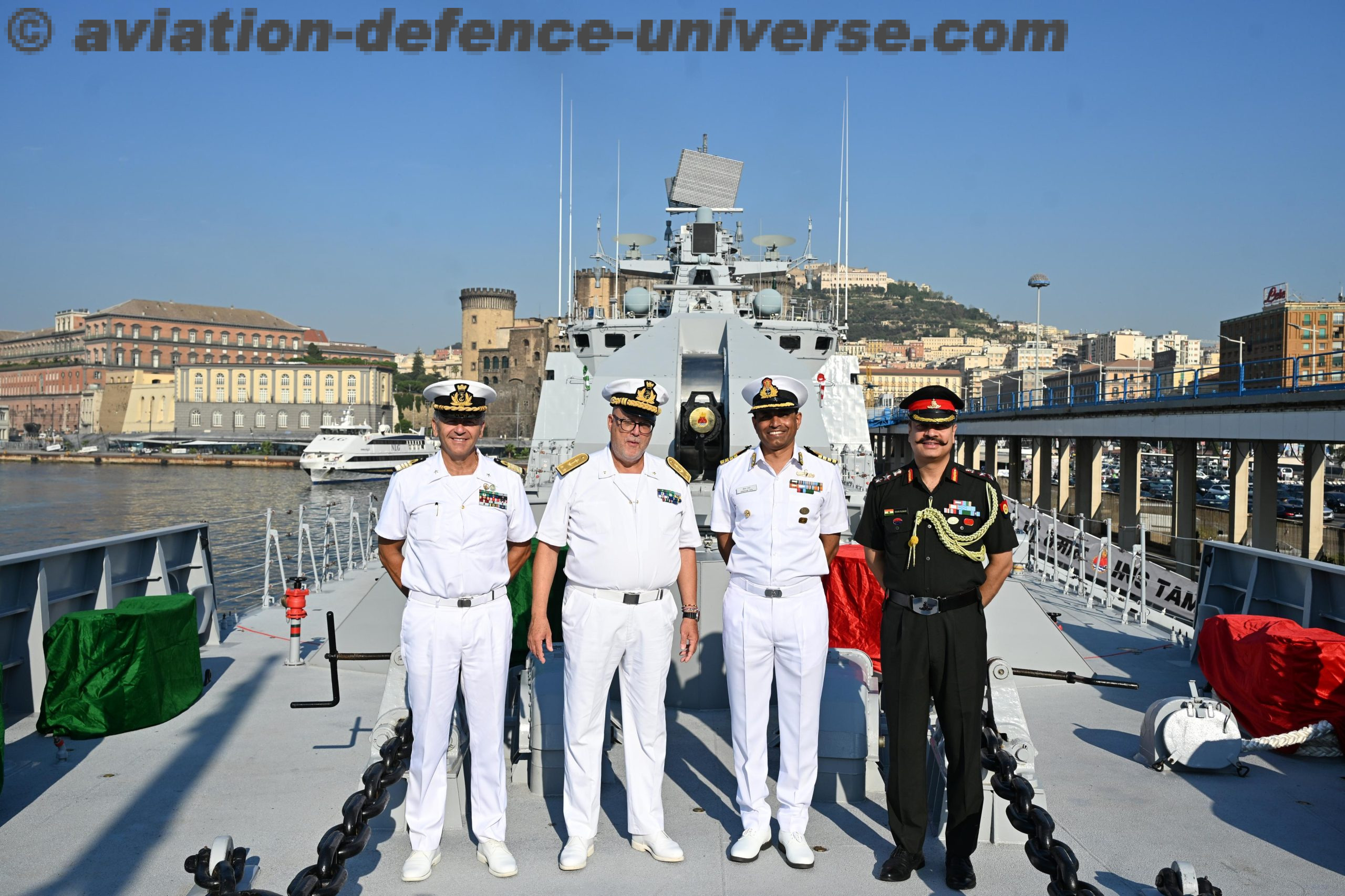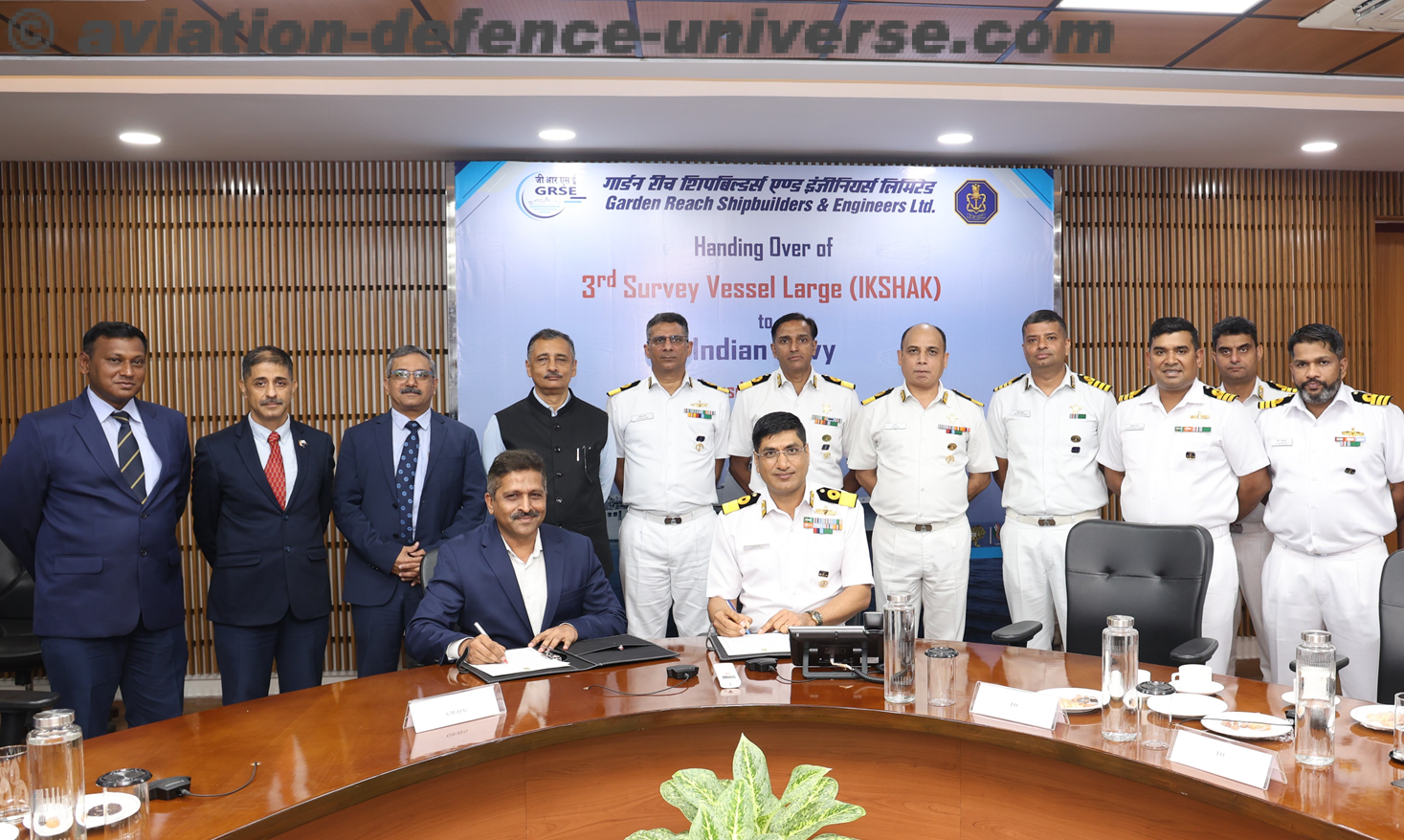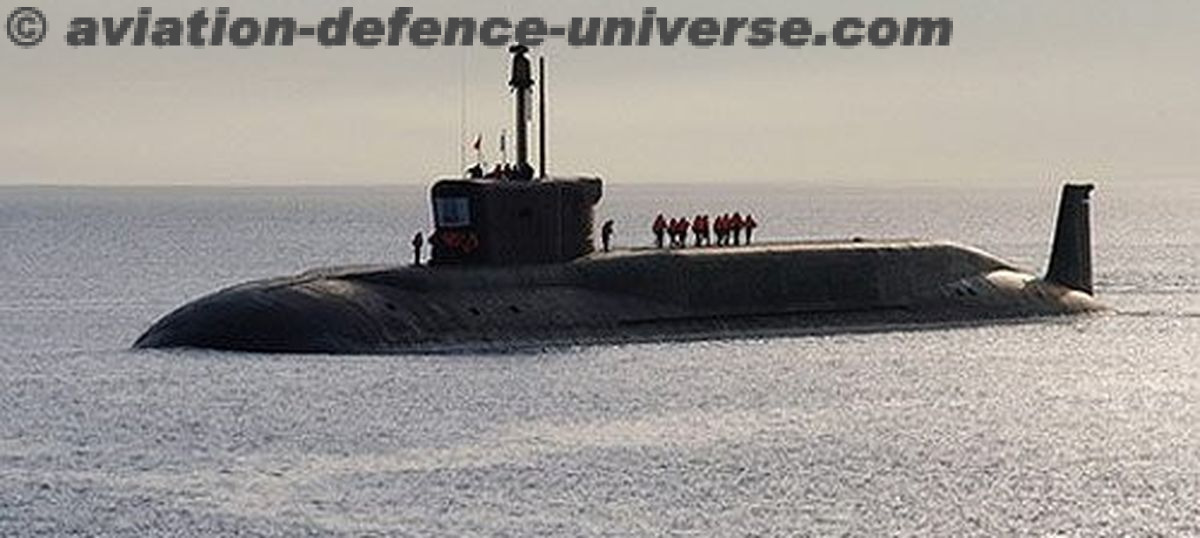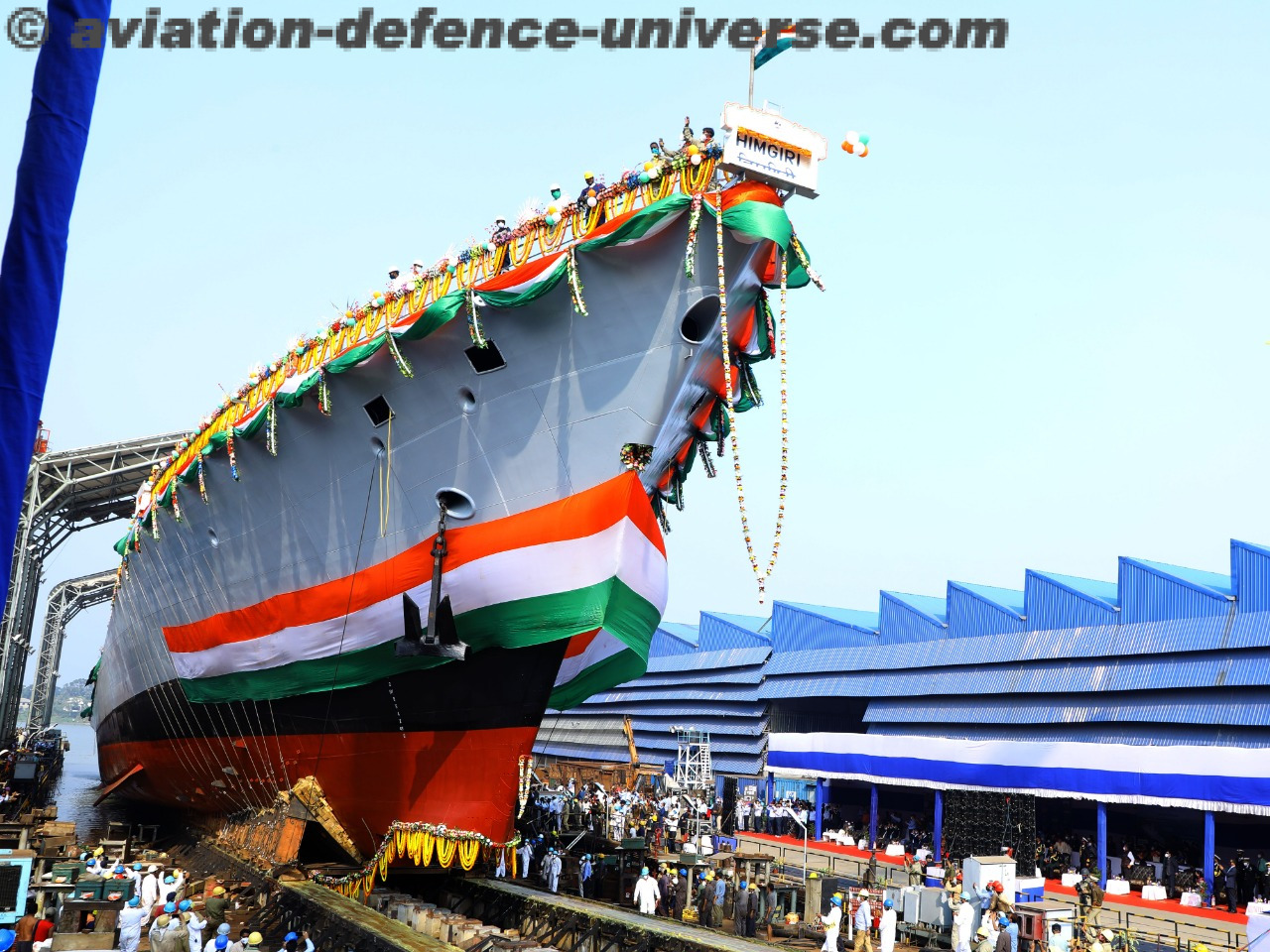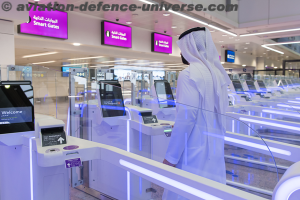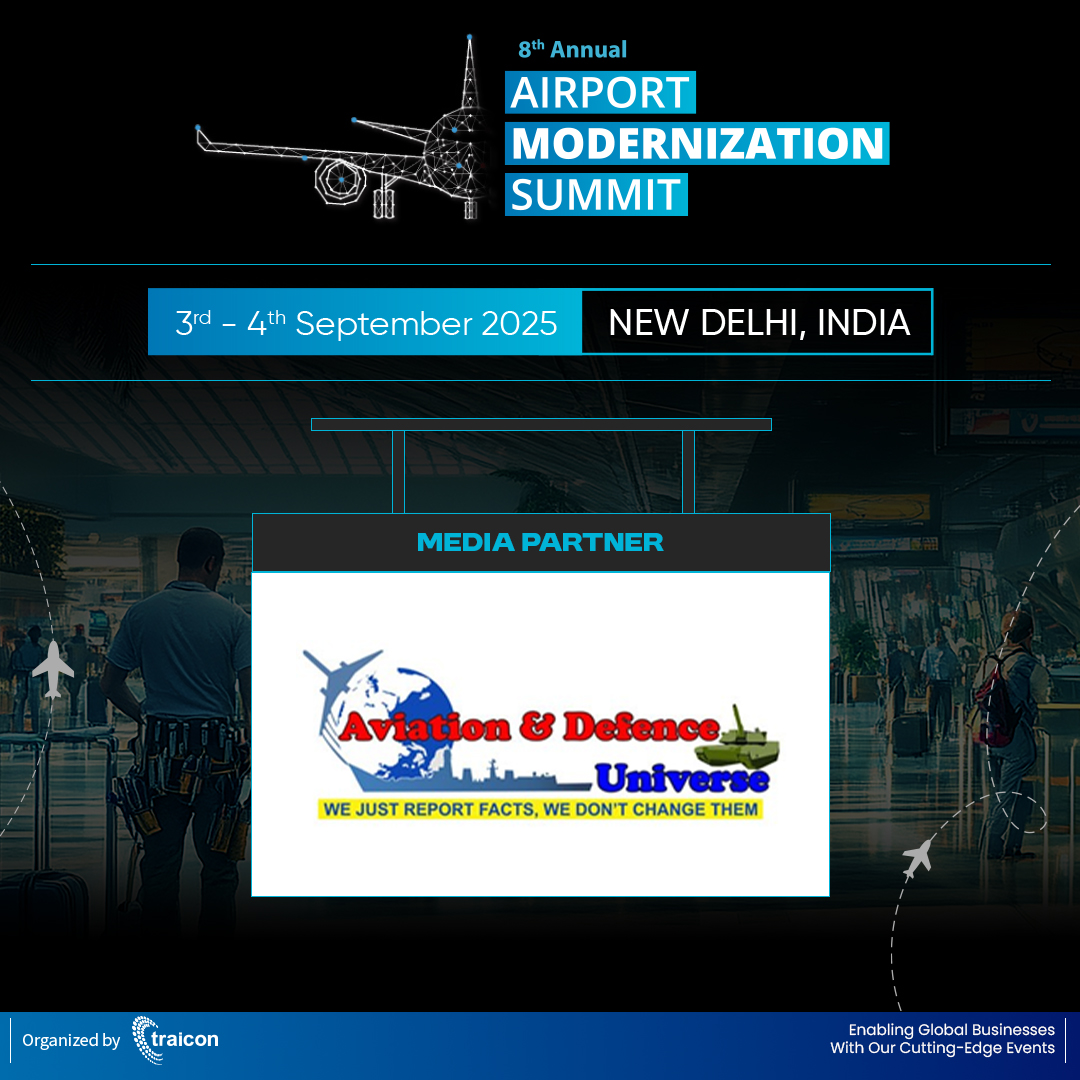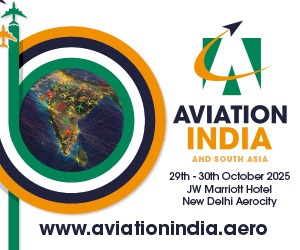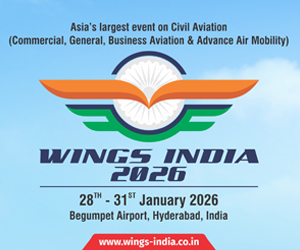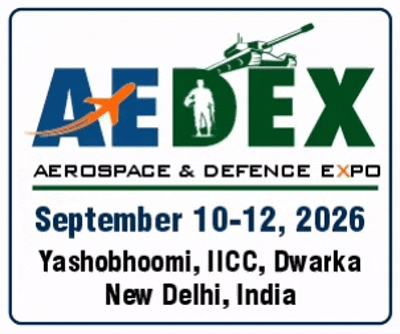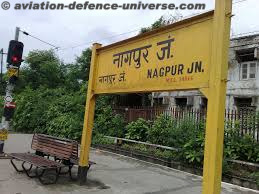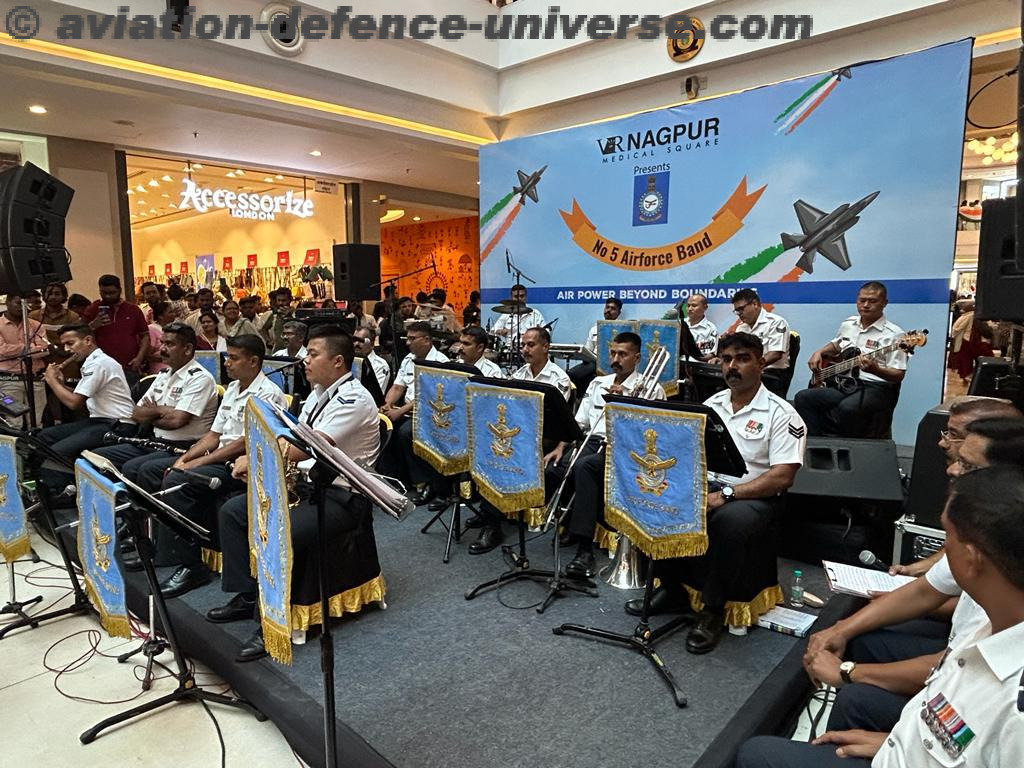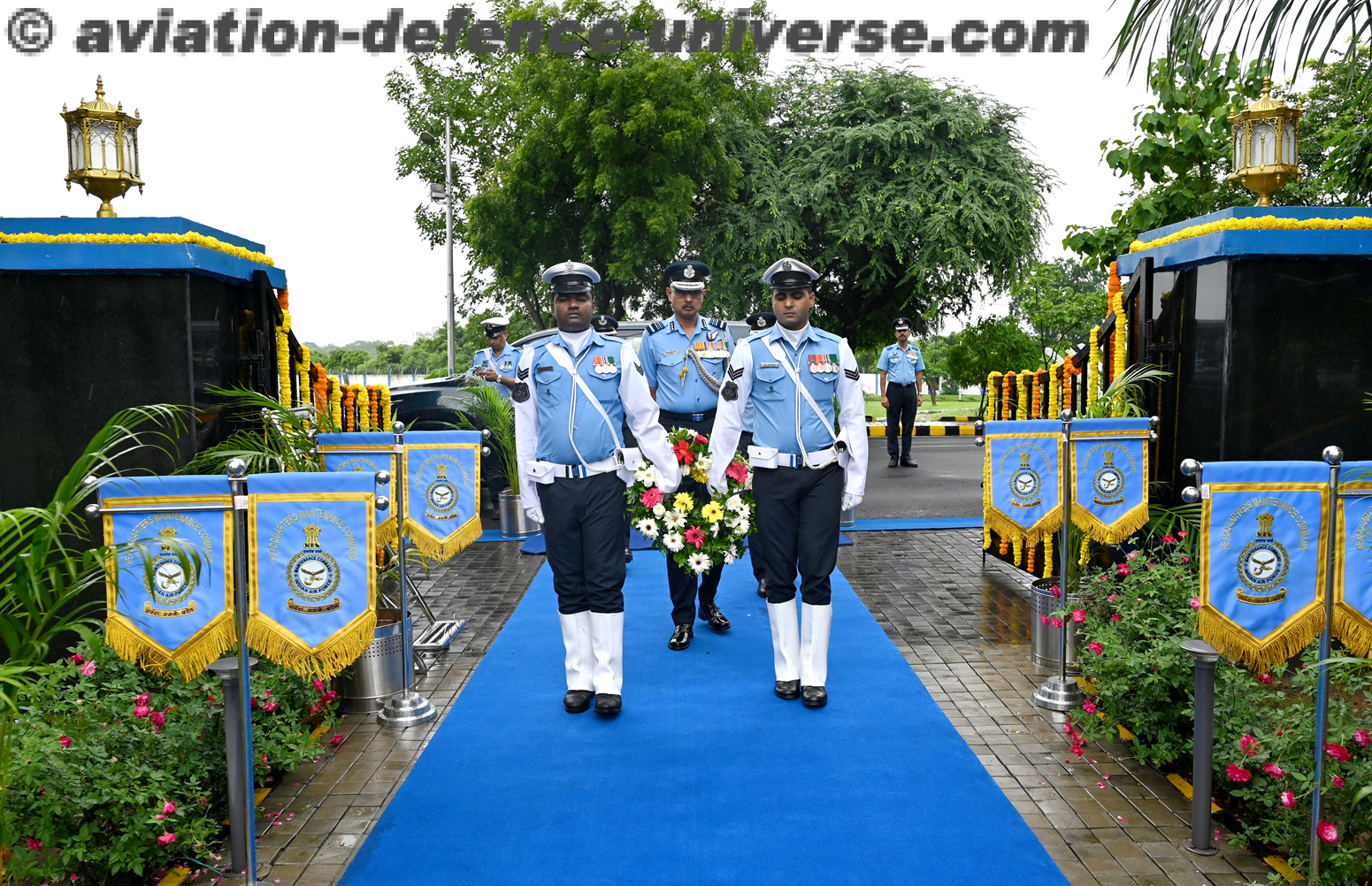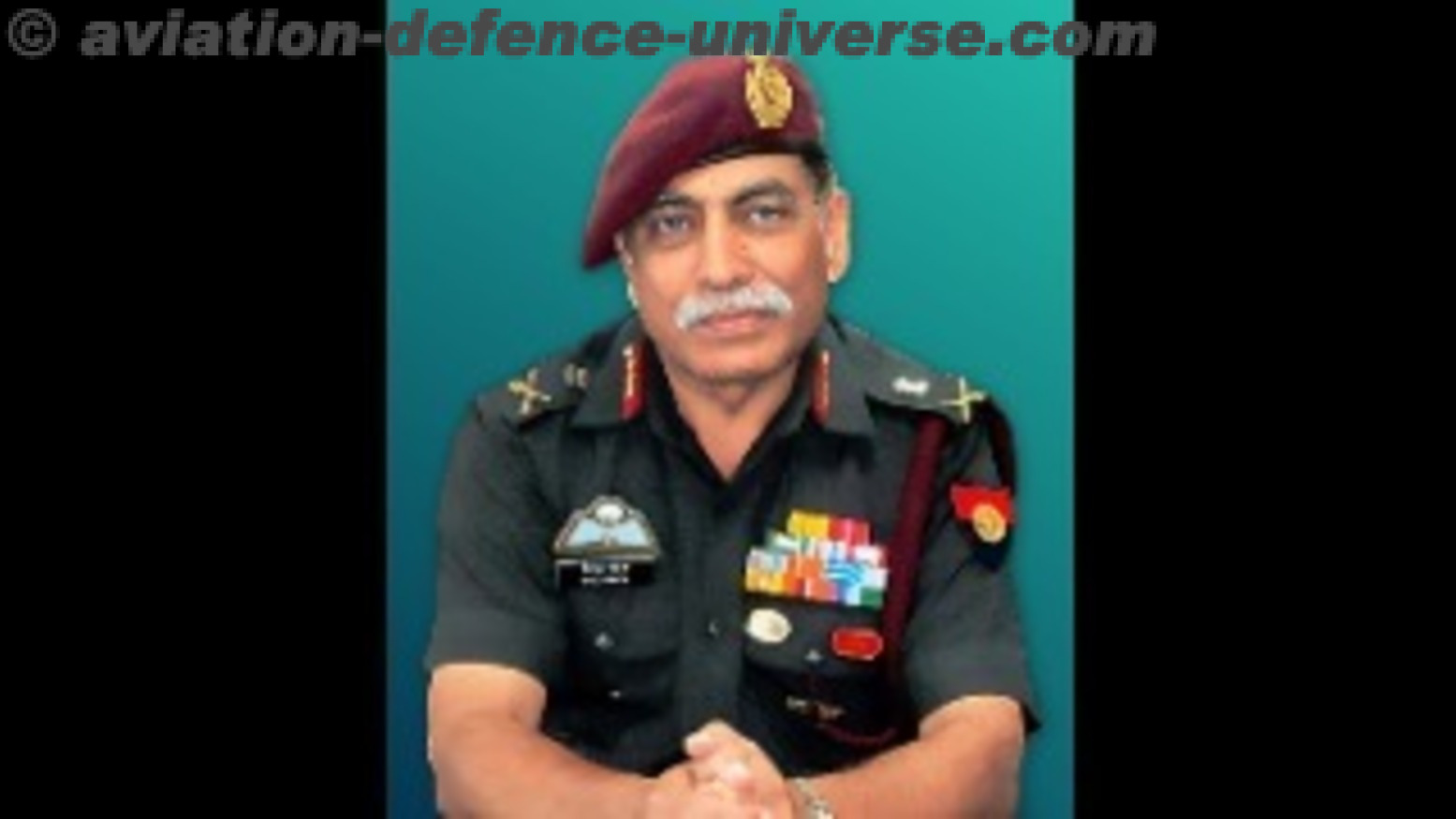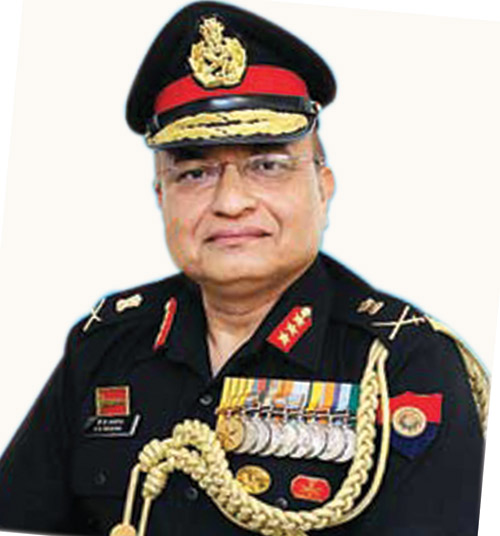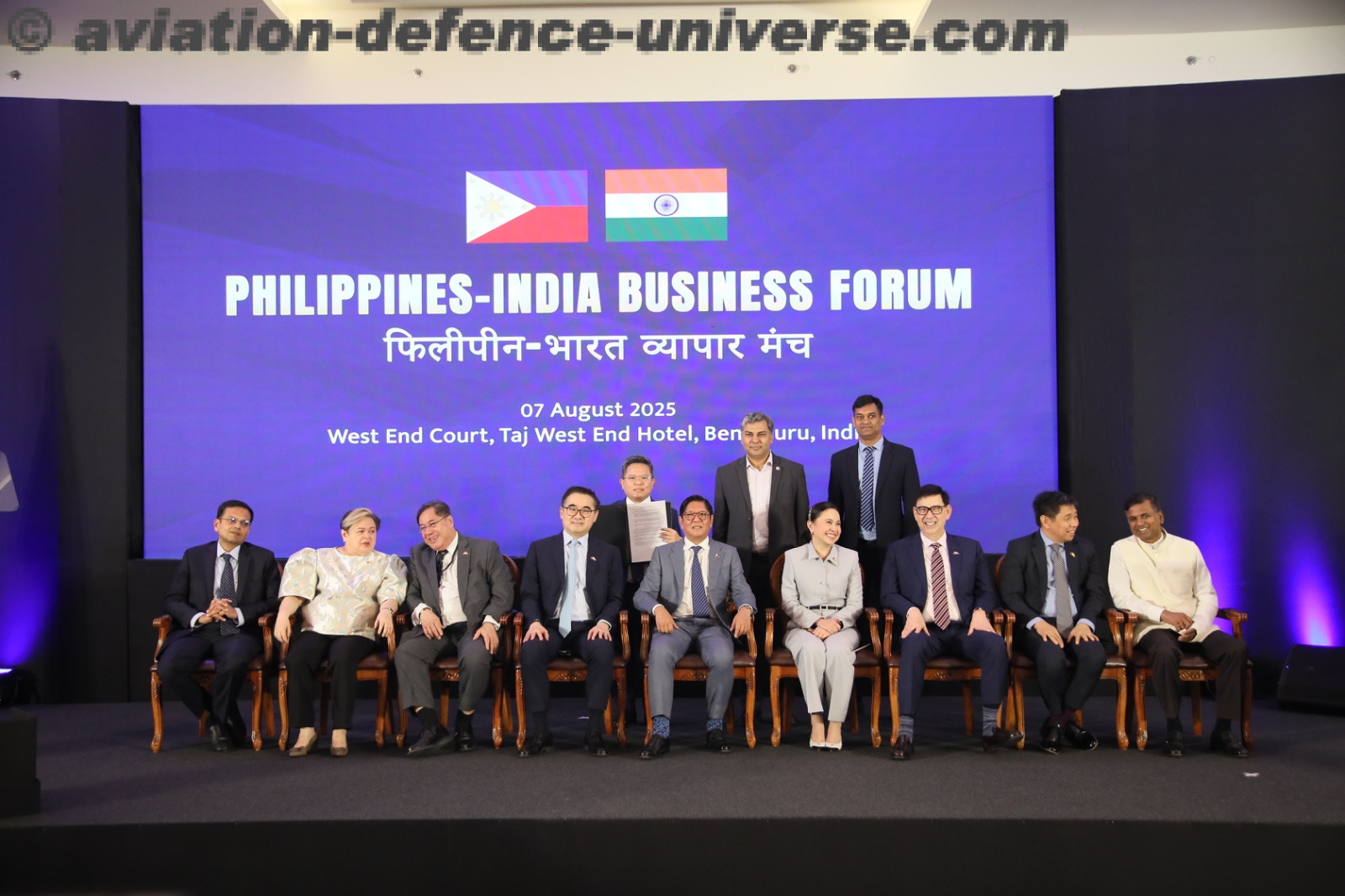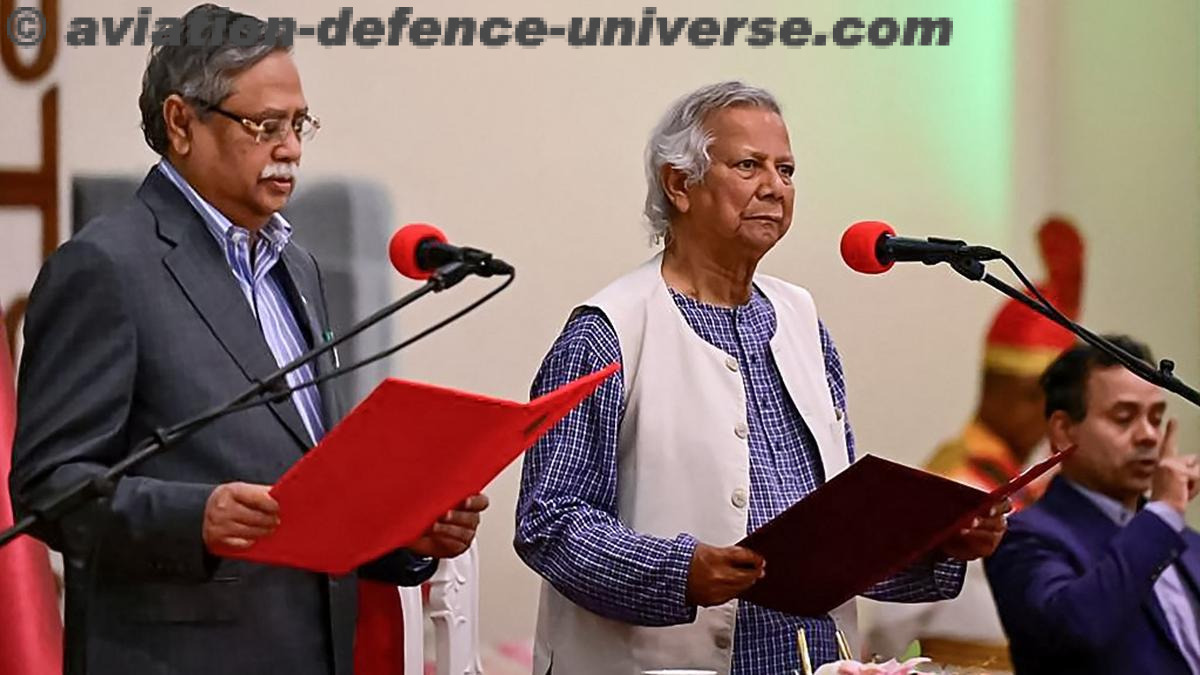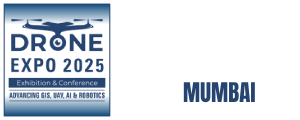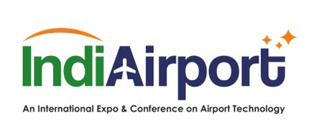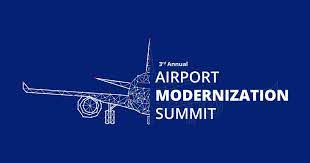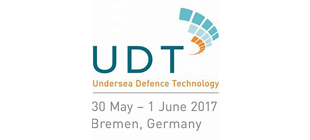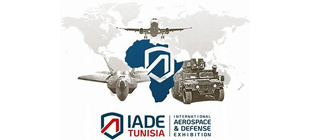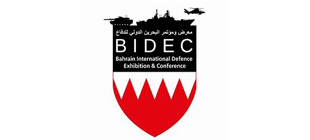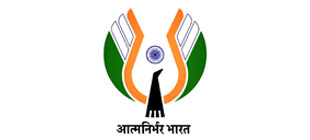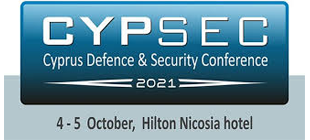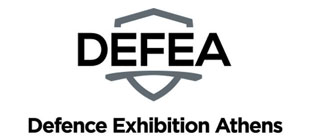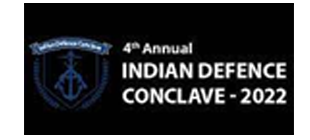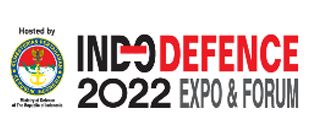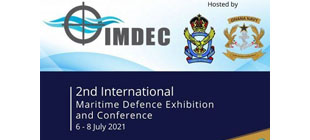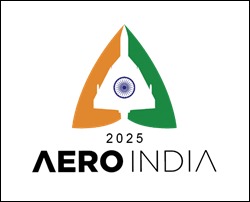- Ahead of IPTS 2025, government and industry leaders align on building smarter, greener, and future-ready airport ecosystems.
 Mumbai, June 5, 2025 — In the lead-up to the Inter Passenger Terminal Show (IPTS) 2025, Media Fusion LLC hosted a high-impact media roundtable in Mumbai, convening influential voices from the government, aviation, and infrastructure sectors. Held under the theme “Reimagining Airport Passenger Infrastructure through Innovation, Technology, and Sustainability,” the session offered critical insights into building airport ecosystems that are smarter, greener, and future-ready.
Mumbai, June 5, 2025 — In the lead-up to the Inter Passenger Terminal Show (IPTS) 2025, Media Fusion LLC hosted a high-impact media roundtable in Mumbai, convening influential voices from the government, aviation, and infrastructure sectors. Held under the theme “Reimagining Airport Passenger Infrastructure through Innovation, Technology, and Sustainability,” the session offered critical insights into building airport ecosystems that are smarter, greener, and future-ready.
The roundtable brought together a distinguished panel of speakers: Joseph Gouda, Joint Director, Indian Revenue Service; Sumeet Suseelan, Member, Ministry of Civil Aviation (AAC), Government of India; Geetha Priya G, Senior Director & Sector Head – Infrastructure & Airports, JLL India; Nitin Sharma, DVP – Business Development, dormakaba, Mr. Vikram Falodiya, Head – Terminal Operations, Navi Mumbai International Airport, Nitin Sharma, DVP – Business Development, dormakaba, and Taher Patrawala, Managing Director, Media Fusion LLC.
Discussions centred on India’s remarkable aviation trajectory—now the world’s third-largest domestic market, contributing 1.5% to national GDP and supporting 7.7 million jobs. Over the last decade, more than 85 airports have been developed, with a roadmap to scale that number to 350 by 2047 under the government’s Viksit Bharat vision. The roundtable highlighted both the opportunities and the urgency to reshape infrastructure in line with this growth.
Speakers outlined key priorities, including the need to bridge infrastructure gaps, reduce import dependencies, and enhance regional connectivity through the UDAN scheme. Strengthening digital ecosystems to manage rising cybersecurity risks was also identified as a crucial area of focus. With over $12 billion already invested in air transport infrastructure, India is setting its sights on capturing a $4 billion share of the global Maintenance, Repair, and Overhaul (MRO) market by 2031, with the aim of establishing itself as a self-reliant aviation hub.
The conversation also showcased a suite of transformative technologies shaping airport experiences: biometric-based Digi Yatra, AI-powered digital twins, integrated multi-modal transport systems, and Net Zero, LEED-certified terminals were all cited as pivotal in creating globally benchmarked, passenger-centric infrastructure.
Reflecting on the evolving airport infrastructure development, Geetha Priya G, Senior Director – Infrastructure & Airports, JLL India, emphasised the need to build infrastructure that is resilient, adaptive and efficient. “Greenfield airports offer the luxury of blank canvas while brownfield sites push us to rethink with constraints for unique, smart and adaptive design solutions. The future lies in modular construction, digital first terminal cores that centralize operations, passenger movement and energy management. Early-stage collaboration is critical—drawing insights from operations, policy shifts, and tech trends helps avoid costly course corrections. We need a terminal design language rooted in sustainability, with built-in readiness for climate volatility, aging demographics, rapid digital changes and hybrid spaces that can handle intensity and downtime with equal ease. Aligning this vision with financial models that attract private investment is key to delivering infrastructure that’s future-ready and locally responsive.”
Reflecting on India’s growing aviation workforce demands, Sumeet Suseelan, Member, Ministry of Civil Aviation (AAC), highlighted the urgent need to expand training capacity and reform policy. “India is fast emerging as a global aviation talent hub, yet faces a significant manpower gap. While pilot eligibility has widened, training for cabin crew and ground staff remains limited to in-house airline programs. Opening this up to universities and private institutes is key to scaling talent and meeting both domestic and international demand. With inclusive frameworks and the right incentives, India can not only bridge its local workforce shortage but also position itself as a global training destination, strengthening our role in the international aviation ecosystem.”
Taher Patrawala, Managing Director, Media Fusion LLC, reflected on the vision behind IPTS, “While working on Aviation 360, we saw a clear gap—India lacked a dedicated platform for the entire airport ecosystem. The industry had to travel abroad for such events, so we built IPTS to fill that need. From our first meeting with the Adani Group—Mr. Vikram, being the first to commit, we’ve had overwhelming support. In just 12 months, we’ve brought together 60+ exhibitors, 50+ speakers from 10 countries, and over 2,800 attendees. IPTS isn’t just another event—it’s a milestone in shaping India’s aviation future, with the long-term vision of becoming a truly global platform.”
Nitin Sharma, DVP – Business Development, dormakaba, highlighted India’s leading role in redefining airport experiences: “India has transformed biometric travel with Digi Yatra, where your face becomes your boarding pass. We’re solving complex challenges—like group travel and one-click gate registration—while ensuring data privacy with automatic purging post-flight. Innovations like wider gates to prevent tailgating, now powered by AI and ML, were born from India’s unique needs and are setting global benchmarks. With under 10% of the population currently flying, we’re preparing for exponential growth by scaling smart, cost-efficient technologies. India’s rapid pace of innovation is not only enhancing domestic operations but creating airport solutions the world is now adopting.”
Joseph Gouda, Joint Director, Indian Revenue Services (IRS), highlighted the balance between security and seamless travel: “India’s aviation growth presents a dual challenge—securing borders while easing the journey for millions of law-abiding passengers. In Mumbai alone, we clear 22,000–25,000 international travellers daily, averaging 10-minute customs clearance. Our aim is to cut this to 5 minutes. By adopting AI, ML, RFID, and Advanced Passenger Information systems, we’re shifting from manual checks to smarter, targeted interventions. This transformation will make our infrastructure both more secure and passenger-friendly—essential for India’s aviation future.”
A spokesperson from Navi Mumbai International Airport, spoke on the need for collaboration and policy support to boost air connectivity. They also stressed the urgency of capacity expansion and said, “With surging passenger traffic, cities like Mumbai may need new airports by 2040. Despite the volume, our operational teams perform impressively, and Mumbai ranks high globally for efficiency. India has a real opportunity to transform its aviation ecosystem by 2047.”
Beyond infrastructure, the roundtable also delved into the human dimensions of the sector. Topics included empowering India’s aviation workforce, increasing women’s leadership in terminal design and operations, and creating a fertile ground for Indian startups to contribute meaningfully to the evolution of airport infrastructure.
The insights and collaborations shaped at the roundtable are expected to inform key dialogues and announcements at the IPTS 2025, on June 11 and 12, at Mumbai, which will convene over 3000 stakeholders in a nationwide effort to redefine the future of India’s airport infrastructure strategy.








